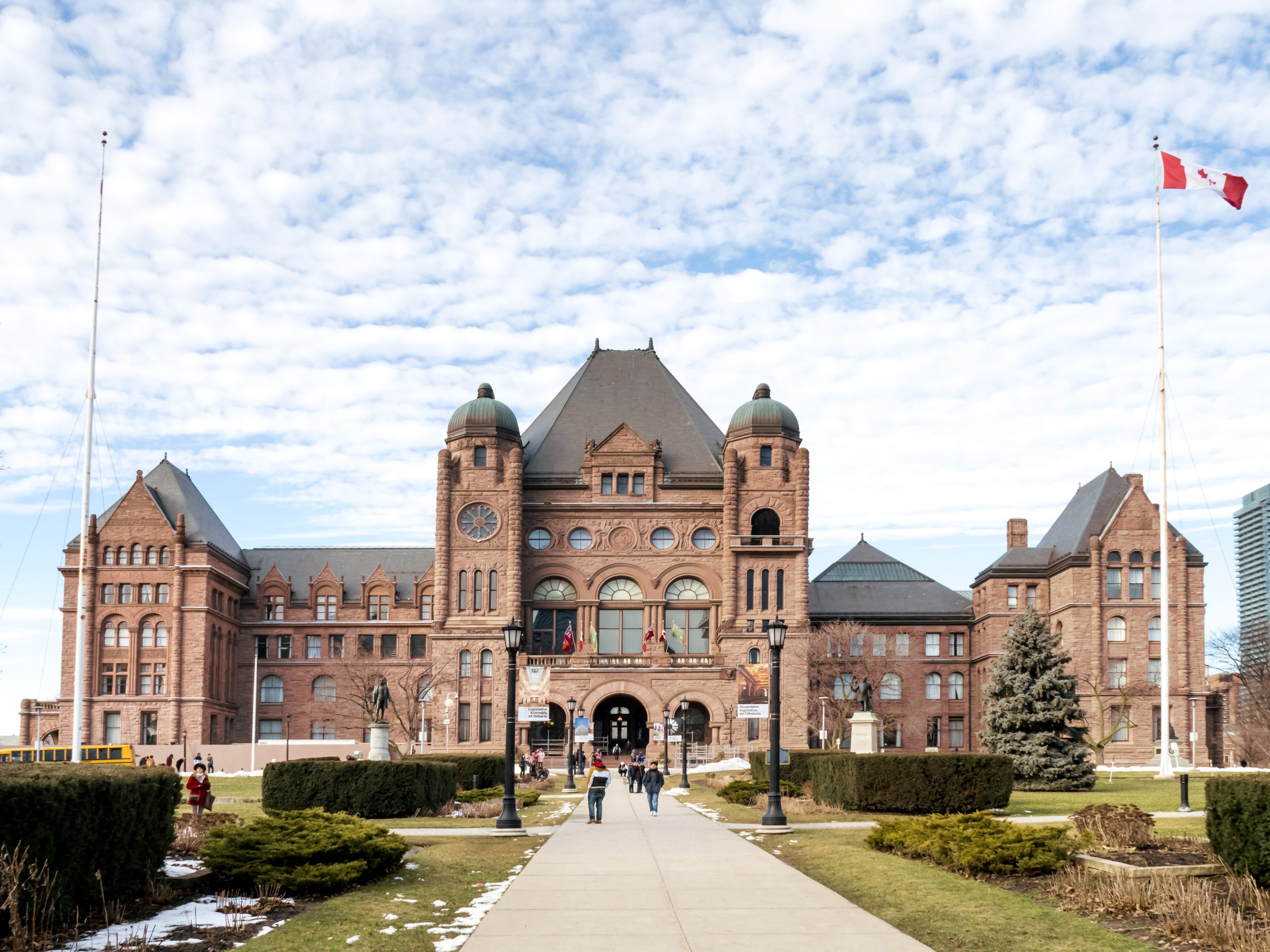Ontario’s Newest Tax Credits Need to be Re-evaluated Amid COVID-19
 By Mitchell Davidson
By Mitchell Davidson
It seems the whole of the Ontario populace is fixated on the question of when things can return to normal. Many, including the premier, have rightly observed that Ontarians will have to adjust to a new normal as the reopening of the economy promises to be slow and methodical.
Encouragingly, the Ontario government released a roadmap to reopening. The journey from roadmap to reality will be arduous, but it does allow us to consider what flashes of normalcy might look like. It will start with moderate gains, like more curbside retail pickup at currently closed small businesses or the reopening of some recreational distractions like drive-in theatres and golf courses.
That new normal must also come with a re-evaluation of the metrics used to back up long-held beliefs and rationales on a wide range of government policies. Regulations that customers cannot physically handle merchandise inside of a cannabis retail store used to be draconian measures oft criticized by cannabis producers but are now a key selling feature of their “please let us re-open” pitch.
On the contrary, even though policy choices will need to be reconsidered because of the new normal, the evidence used for evaluation of those policies will likely be unreliable. For example, Metrolinx will be sure to point to a dramatic decline in PRESTO-related complaints this year as evidence of a fully functioning fare purchasing system, despite drops in transit ridership masking what really ails the PRESTO system.
If Ontario’s policymakers, pundits, and reporters do not dig beneath the surface-level facts, they will reach the wrong conclusions. This critical lens of re-evaluation is key as the government approaches its 2020 budget targeted for November, where it can think about past decision in a new light.
Much has already been written about the Ford government needing to change its approach to public health funding – fair enough. Others have even suggested that COVID-19 is an opportunity for the Federal government to force Ford to return Toronto City Council to its previous 47 ward configuration. In the meantime, many are missing the opportunity for the province to look under its own hood at the decisions it made entirely within its own jurisdiction in the 2019 budget, primarily the LIFT and CARE tax credits.
LIFT, the Low-income Individuals and Families Tax credit, gives lower-income Ontarians their provincial income tax bill back. Individuals who earn less than $30,000 a year or a family that has a net income of less than $60,000 will get the full amount returned. Those who earn slightly more than that, up to $38,500 and $68,500 respectively, get some money back, but not all.
COVID-19 changes the purpose of the LIFT credit dramatically. First, any Ontarian who qualifies for the Canada Emergency Response Benefit (CERB) money but does not make more than the LIFT credit’s upper thresholds, will automatically get money back from the provincial government.
Second, the Ford government has rightly decided to treat money from CERB as employment income for social assistance recipients. That means, if any of the roughly 969,000 beneficiaries of social assistance in Ontario also qualify for the CERB program, they will automatically receive money back from the LIFT credit too.
For critics and observers, LIFT was never as good as the Wynne promise increase to the minimum wage, despite its benefits of making labour cheaper for employers by transferring some of the costs to the government. However, it turns out that LIFT will provide hundreds of millions in targeted income relief for laid-off low-income Ontarians during the crisis, where a minimum wage increase would not have offered an additional penny to those who lost their jobs. Again, the metrics we use to evaluate successful programs must be reconsidered.
When it comes to CARE, the Childcare Access and Relief from Expenses tax credit, another chance for re-evaluation presents itself. Under CARE, a family can qualify for up to 75 per cent of its eligible childcare expenses back. That translates to up to $6,000 for a child under seven and up to $3,750 for a child between seven and 16. The program is means tested, so the more the household makes, the less they get. If they make more than $150,000, they get nothing.
However, the CARE credit is tied to the existing federal Child Care Expense Deduction, which caps claims at a maximum of two-thirds of the lower income spouse’s annual earnings. Essentially, if one parent works full-time and another works only a few hours a week, that family will get much less than a more equal two-income household. The C.D. Howe institute found that, by removing the two-thirds cap, an additional 29,000 families would receive an average of $1,108 more via CARE per year. That was before COVID-19.
COVID-19 has already decreased the number of hours at work for millions of Ontarians, affecting the employment of women even more severely. Moving forward, part-time jobs with few hours may be the best a parent can do. If the two-thirds limitation remains in place, and the lower-income spouse makes less than ever before, the CARE credit will not offset childcare costs as intended for tens of thousands of Ontario families.
Unlike LIFT, the CARE credit had few critics when it was implemented. Despite its more generally lauded design, CARE happens to be the tax credit that creates barriers to true policy success during COVID-19, while LIFT should go further than ever intended.
As Finance Minister Rod Phillips and his team begin thinking about Budget 2020 in earnest, they must recognize that the metrics for evaluating success have changed. They should respond in turn and make necessary adjustments to their tax vehicles to ensure that both families, and politicians alike, get the credit they expected.